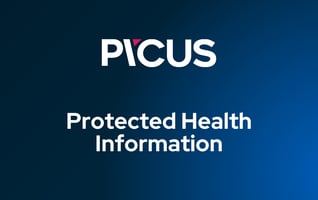Frequently Asked Questions (FAQs)
Here are the most asked questions about External Attack Surface Management (EASM)
What is the difference between attack surface management and external attack surface management?
Attack Surface Management (ASM) includes both internal and external assets, while External Attack Surface Management (EASM) focuses only on internet-facing exposures, what attackers can see and probe without internal access. EASM is a subset of the broader ASM discipline.
What Is the Difference Between EASM and Vulnerability Management?
External Attack Surface Management (EASM) discovers exposed assets visible to the public internet, while Vulnerability Management identifies known flaws within those assets. EASM answers “what’s out there,” whereas Vulnerability Management answers “what’s wrong with what we already know.”
What are the main challenges in managing an external attack surface?
The main challenges in managing an external attack surface include keeping up with constantly changing cloud and internet-facing assets, accurately attributing unknown domains or IPs to the organization, detecting shadow IT, and prioritizing exposures without internal context, often leading to alert fatigue and missed high-risk issues.
How does an external attack surface management solution help?
An External Attack Surface Management (EASM) solution helps by continuously discovering and monitoring internet-facing assets, like domains, ports, APIs, and cloud services, that attackers can target. It automates asset identification, highlights misconfigurations, and reduces blind spots, giving security teams visibility into exposures they might not even know exist.
What Types of Assets Can I Monitor with an EASM Product?
With an EASM product, you can monitor a wide range of internet-facing assets including domains, subdomains, IP addresses, open ports, APIs, cloud storage (like S3 buckets), SSL/TLS certificates, exposed databases, login portals, shadow IT, third-party SaaS tools, and misconfigured services tied to your organization’s digital footprint.



.png?width=353&height=200&name=picus-Why-Healthcare-Needs-exposure-validation-blog%20(1).png)
